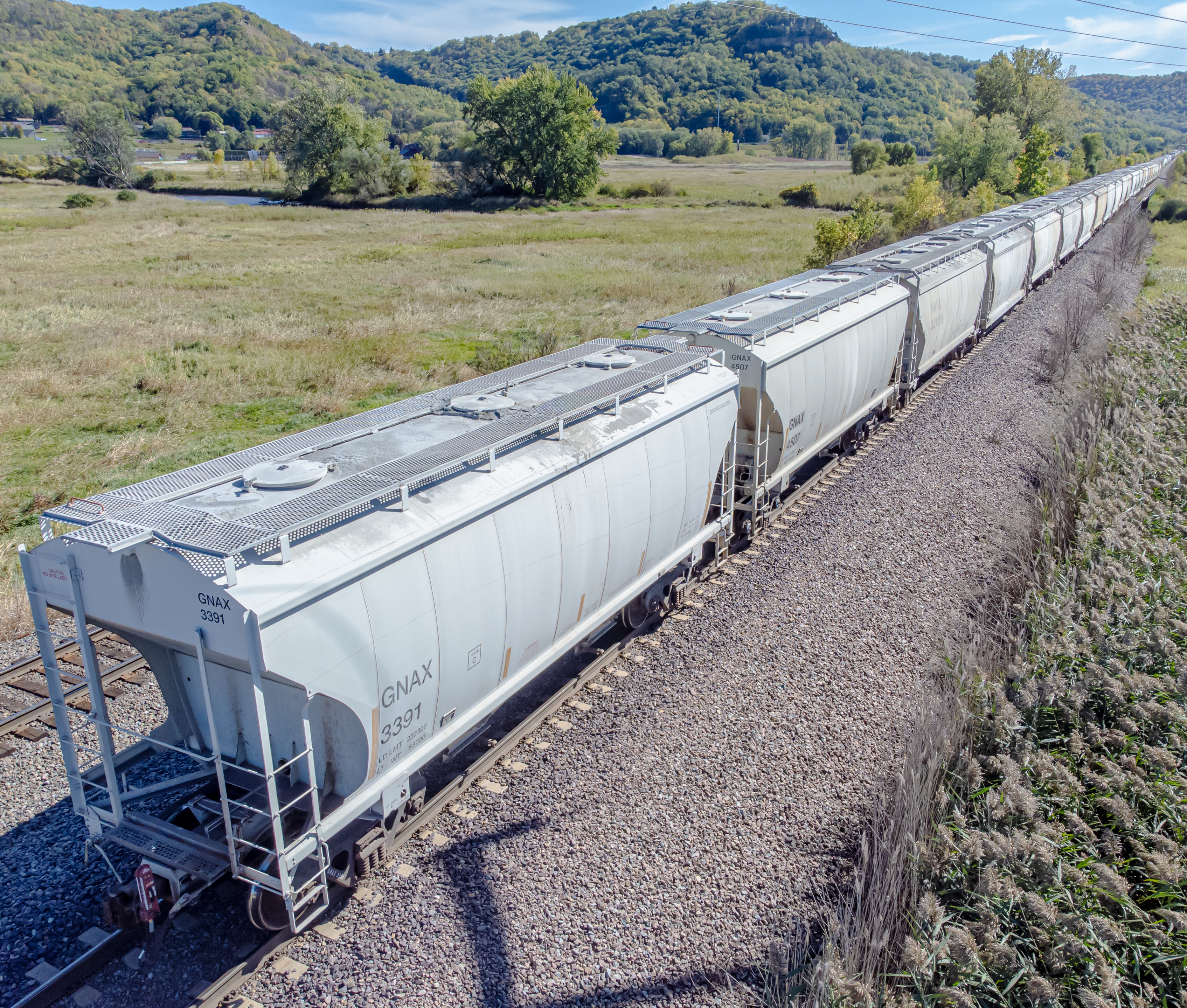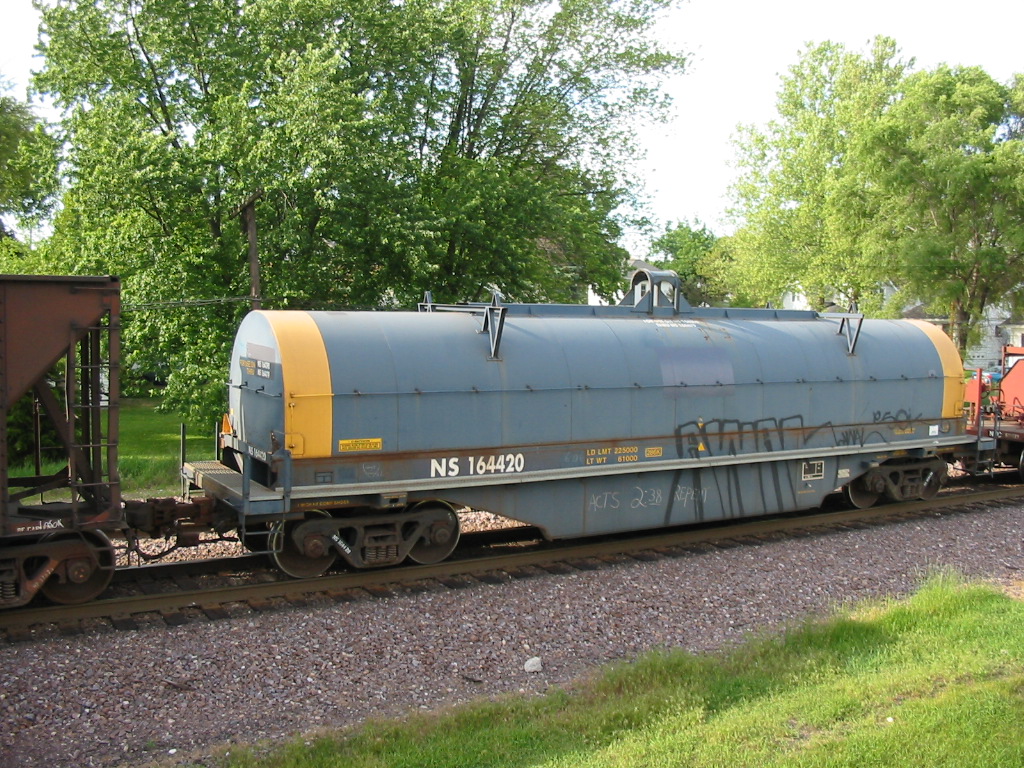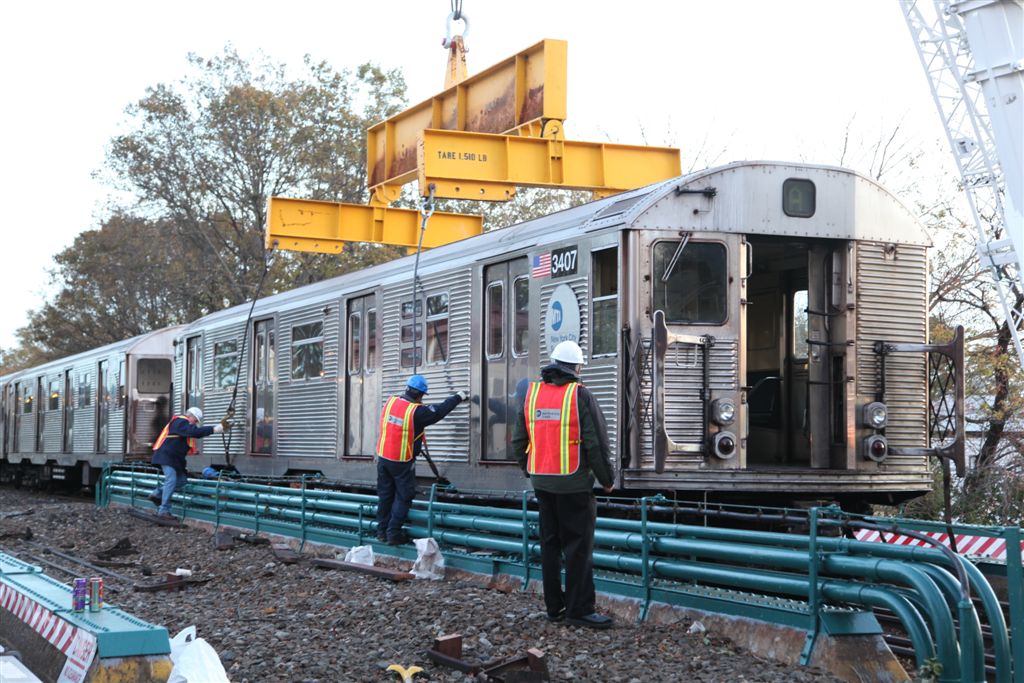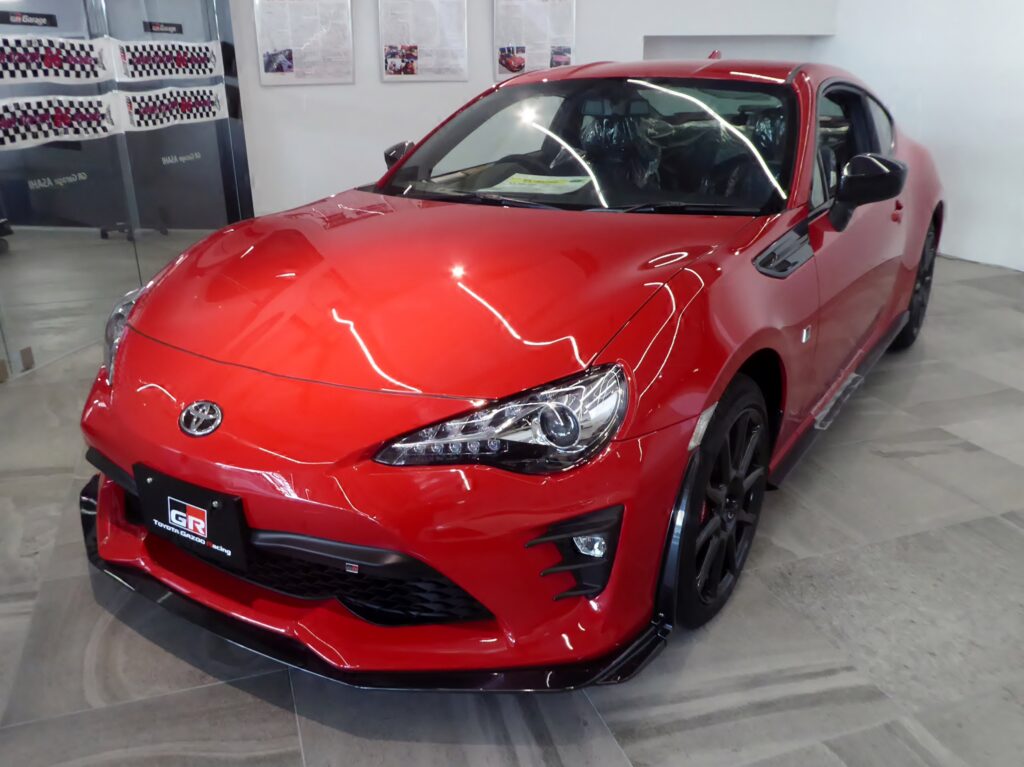
In the realm of rail transport, each type of train car serves a distinct role, mirroring the variety of vehicles we encounter on our roads. Let’s embark on a captivating journey into the diverse world of train cars and investigate the 16 fascinating varieties that keep our freight moving.

1. **Autorack**: Autoracks are specially designed rail cars for transporting finished vehicles like cars, trucks, and electric vehicles. Constructed entirely from robust metal, these cars are fully enclosed, protecting the vehicles from harsh weather, and feature multiple levels for efficient loading, accommodating everything from compact passenger cars to larger trucks. This clever stacking method not only optimizes shipping space but also ensures the vehicles arrive undamaged.

2. **Boxcar**: Boxcars are the quintessential rail car, recognized for their fully enclosed, box-like appearance. They carry various crated or palletized freight, from paper products to beverages and, of course, boxes! With doors typically located on the sides and sometimes at the ends, boxcars shield goods from the weather, ensuring they arrive at their destinations in pristine condition.

3. **Centerbeam**: Centerbeam cars are tailored for transporting bundled goods such as lumber and wallboard. They are built with a central beam that provides stability and allows for secure placement of goods. This design is particularly effective for heavy loads, ensuring they remain balanced during transit.

4. **Covered Hopper**: These cars are perfectly suited for carrying free-flowing dry bulk commodities like grains, sand, and cement. Featuring an open top for easy loading, covered hoppers also have sloped floors to facilitate unloading. The covering protects the contents from rain and other weather elements, making them ideal for transporting sensitive materials.

5. **Coil Car**: Coil cars are tailored for the safe transport of coiled steel and similar metals, available in various lengths and capacities to suit different needs. Their design includes a trough that effectively prevents the coils from rolling during transit, while many models feature side brackets to secure the load, ensuring the metal stays intact and secure throughout its journey.

6. **Flatcar**: The versatility of flatcars is unmatched, making them essential for transporting oversized and heavy items such as tractors, machinery, and steel beams. With a simple open design, they can accommodate irregularly shaped freight. Some flatcars even come with bulkheads to prevent shifting loads, showcasing their adaptability in the rail transport system.

7. **Gondola**: Gondolas are distinguished by their open tops and low side walls, making them well-suited for heavy bulk materials such as scrap metal and aggregates. The absence of a roof allows for easy loading and unloading, typically conducted with cranes or backhoes. These sturdy cars are built to handle significant weight, ensuring safe transport for robust commodities.

8. **Intermodal Equipment**: This category encompasses a wide variety of goods transported in containers or trailers, facilitating easy transfers between trains and trucks. Intermodal equipment is essential for shipping diverse products, ranging from electronics to temperature-sensitive items, and this versatility plays a crucial role in maintaining supply chain efficiency since containers can be swapped without the need for unloading cargo.

9. **Open-Top Hopper**: Open-top hoppers, unlike their covered counterparts, are designed without a protective cover, making them perfect for transporting bulk commodities like coal and copper concentrate. With a sloped floor that aids in unloading through gravity, these cars allow for easy loading from above, making them ideal for materials that can endure exposure to the elements.

10. **Refrigerated Boxcar**: Often called reefers, refrigerated boxcars are specialized for transporting perishable goods needing temperature control, including fruits, vegetables, and dairy. The climate control features are vital for preserving the freshness and quality of the cargo, and every year, railroads transport millions of carloads of food using these essential cars, highlighting their significance in the food supply chain.

The world of train cars is diverse and tailored to meet the needs of various types of cargo. Each car type is designed with specific functions and benefits, ensuring that everything from heavy machinery to delicate perishables can be transported efficiently and safely. As we continue to explore the remaining types of train cars, you’ll gain insight into the ingenious designs and functionalities that keep our freight moving smoothly across the tracks.

With this knowledge, you’ll not only appreciate the role of each train car in the freight transport system but also understand the intricacies of rail logistics that keep the economy running. Stay tuned for the next section where we will delve into the practical applications of more train car types, exploring how they cater to the diverse needs of freight shipping.

11. **Tank Car**: Tank cars are crucial for moving liquid commodities and play an essential role in freight transport. Their cylindrical design is specifically made for efficient loading and unloading of liquids, typically holding between 6,500 and over 31,000 gallons, depending on their specifications. These cars transport a variety of materials such as chemicals, fuels, and food products, showcasing the extensive capabilities of rail shipping, with both pressurized and non-pressurized options ensuring safe delivery over long distances.

12. **Well Car**: Well cars, also known as stack cars, play a significant role in intermodal transport by providing a stable platform for containers. These cars have a unique design where the containers fit snugly into a depression, allowing for double stacking. This configuration is especially useful for maximizing load capacity while minimizing the overall height of the train. Well cars transport a broad range of goods, making them essential for modern logistics and supply chains that rely on the quick and efficient movement of containerized freight.

13. **Schnabel Car**: Schnabel cars are specialized rail cars that are uniquely designed to carry oversized and heavy loads. This type of car features a low center of gravity and can accommodate massive items such as heavy machinery, generators, and transformers. The design includes a main load-bearing beam that provides stability during transit. Schnabel cars are essential in industries that require the transport of large components, making them a critical element in infrastructure development and maintenance.

14. **Specialty Cars**: When conventional rail cars do not meet the specific needs of cargo transport, specialty cars come into play. These versatile rail cars are designed to handle unique types of cargo that require special handling. Specialty cars may include those designed for transporting automobiles, military equipment, or even specific agricultural products. Their customizable features allow for a wide variety of goods to be shipped, ensuring that the railway system can adapt to different freight requirements.

15. **Flatbed Trailer**: Frequently used in conjunction with intermodal operations, flatbed trailers provide a convenient platform for loading goods that can be easily transferred between trucks and trains. Their open design simplifies the loading and unloading process, accommodating diverse cargo types, from construction materials to vehicles, emphasizing the importance of flexibility and seamless integration in freight transport.

16. **High Cube Boxcar**: High cube boxcars are a variation of traditional boxcars, designed with increased height to maximize cargo space. This additional height is particularly beneficial for transporting larger items or bulk goods that require more vertical room. High cube boxcars are often used for shipping furniture, appliances, and retail goods, ensuring that the cargo arrives safely and efficiently. Their design reflects the ongoing evolution of rail cars to meet contemporary shipping demands.

Gaining a deeper understanding of the various train car types and their practical applications enhances our appreciation of the intricacies involved in freight transport. Each rail car is ingeniously designed to fulfill specific needs, showcasing the versatility and efficiency of rail systems, as we traverse the rails marveling at the engineering innovations that make safe and effective goods transportation possible in our interconnected world.

The fascinating study of train cars intersects with many industries, economies, and everyday life. As technology and infrastructure continue to advance, the railway system evolves, introducing innovative car types to meet the ever-changing demands of logistics and shipping. With every car type, from tank cars to gondolas, there’s a story of ingenuity and the continuous quest for efficiency that drives our global economy forward. So next time you spot a freight train rolling by, take a moment to appreciate the intricate designs and functionalities that make this all possible.
Related posts:
What Are All of the Different Rail Car Types?
North American Field Guide To Rail Cars
AAR Car Type Codes Explained & Resources * Railcar Tracking & Rail Fleet Management





